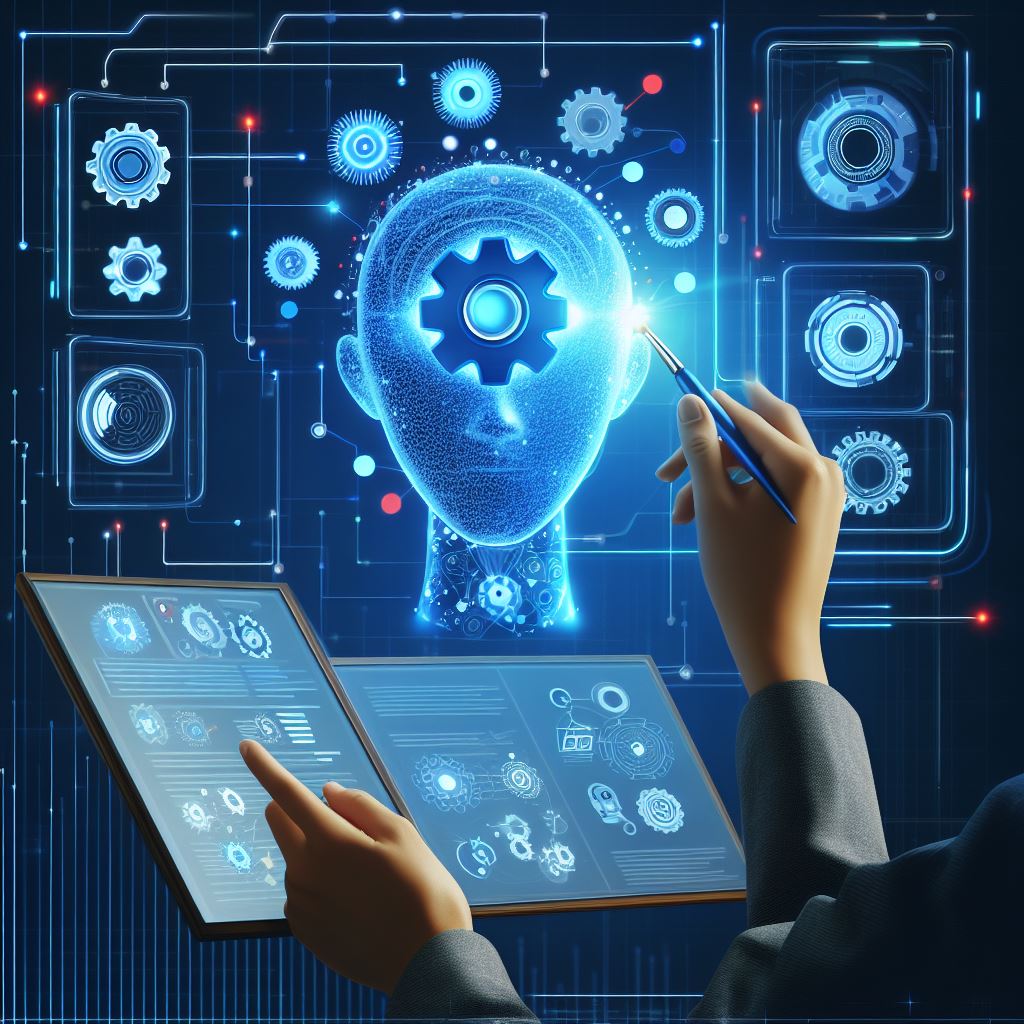One of the most promising and exciting areas of AI is generative AI, which is the ability of AI systems to generate new and original content, such as text, images, music, code, and more. Generative AI can be used for a wide range of tasks, such as enhancing creativity, improving communication, automating processes, and solving problems. In this post, I will discuss how to leverage generative AI to enhance your professional skills and productivity, and provide some examples and tips on how to do so.

First, generative AI can help you enhance your creativity, which is the ability to produce novel and valuable ideas or products. Creativity is essential for innovation, problem solving, and personal growth. However, creativity can also be challenging, especially when you face mental blocks, lack of inspiration, or limited resources. Generative AI can help you overcome these challenges by providing you with new and diverse inputs, suggestions, or outputs that can spark your imagination and stimulate your thinking. For example, you can use generative AI tools like ChatGPT, Stable Diffusion, or Google Bard to generate text, images, or music based on your prompts, keywords, or preferences. You can then use these generated content as inspiration, feedback, or raw material for your own creative projects, such as writing, designing, composing, or coding.

Second, generative AI can help you improve your communication, which is the ability to exchange information, ideas, or emotions effectively and efficiently. Communication is vital for collaboration, persuasion, and leadership. However, communication can also be difficult, especially when you have to deal with complex, ambiguous, or sensitive topics, or when you have to communicate with different audiences, languages, or cultures. Generative AI can help you overcome these difficulties by providing you with assistance, guidance, or enhancement for your communication. For example, you can use generative AI tools like Grammarly, RePhrase, or Paraphrase to check, rewrite, or improve your writing, such as emails, reports, essays, or resumes. You can also use generative AI tools like Google Translate, DeepL, or Lilt to translate, interpret, or localize your speech or text, such as conversations, presentations, or documents.

Third, generative AI can help you automate your processes, which is the ability to perform tasks or workflows with minimal or no human intervention. Automation can help you save time, money, and energy, and increase your efficiency, accuracy, and consistency. However, automation can also be challenging, especially when you have to deal with tasks or workflows that are dynamic, complex, or customized. Generative AI can help you overcome these challenges by providing you with solutions, adaptations, or optimizations for your automation. For example, you can use generative AI tools like Zapier, IFTTT, or Automate to create, connect, or trigger actions or events across different apps or services, such as email, calendar, social media, or cloud storage. You can also use generative AI tools like TensorFlow, PyTorch, or Keras to build, train, or deploy your own AI models or applications, such as image recognition, natural language processing, or recommendation systems.



